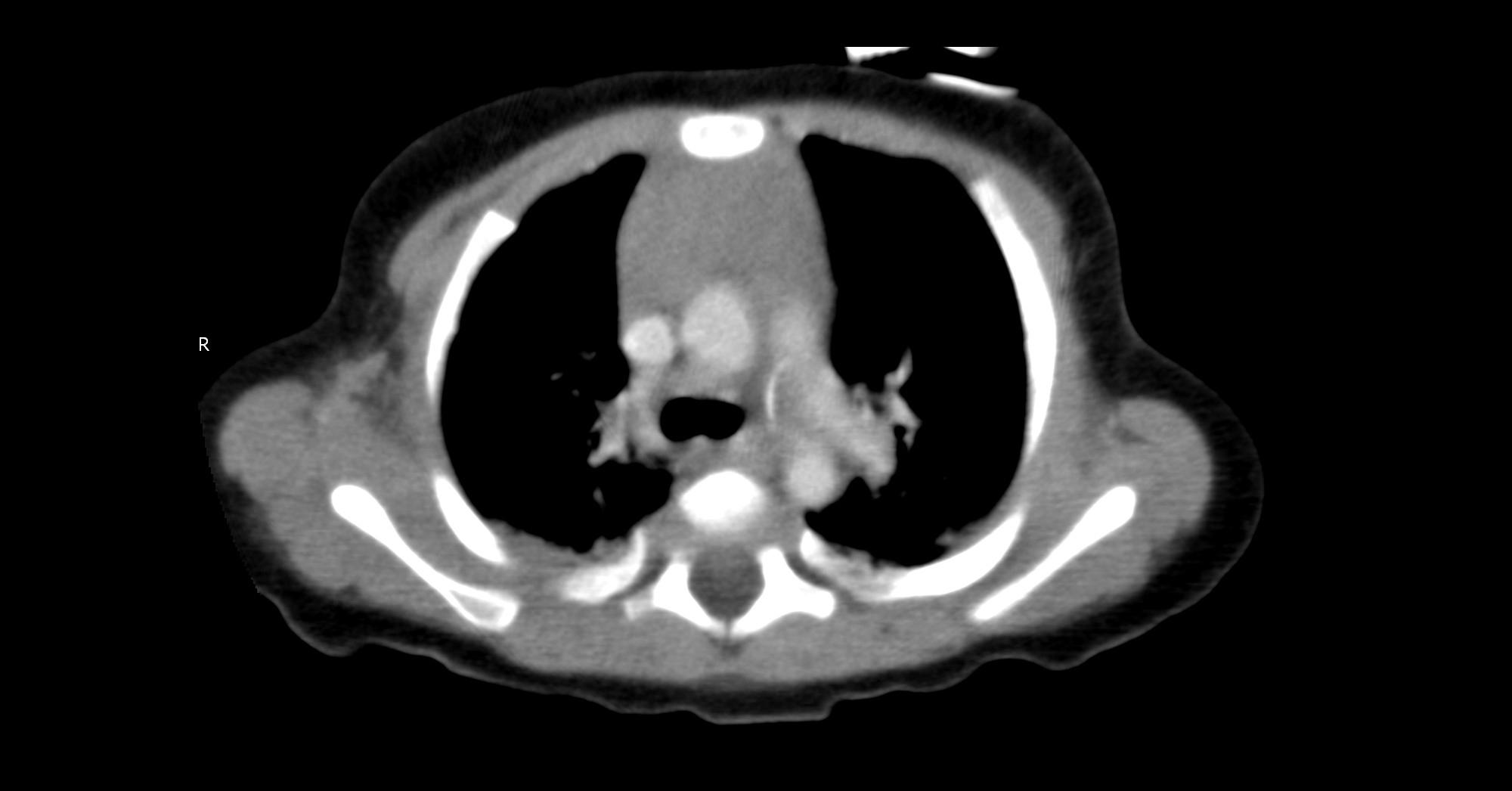Are you curious to know what is the ligamentum arteriosum? You have come to the right place as I am going to tell you everything about the ligamentum arteriosum in a very simple explanation. Without further discussion let’s begin to know what is the ligamentum arteriosum?
What Is The Ligamentum Arteriosum?
Within the human body lies a fascinating structure that serves as a vestige of our fetal development. The Ligamentum Arteriosum, also known as the arterial ligament or ligament of the ductus arteriosus, is a small fibrous band found within the heart and blood vessels. Though it once played a vital role in fetal circulation, the Ligamentum Arteriosum undergoes significant changes after birth, becoming an intriguing anatomical feature. In this blog, we will explore the origin, function, and transformation of the Ligamentum Arteriosum in the human body.
Understanding Fetal Circulation
Before birth, the developing fetus relies on a unique circulatory system to meet its oxygen and nutrient needs. The fetal heart pumps blood through a series of specialized blood vessels and structures that allow for the exchange of oxygen and nutrients with the mother’s blood. One essential element of this fetal circulation is the ductus arteriosus, a blood vessel that connects two major arteries near the heart: the pulmonary artery and the aorta.
Function Of The Ductus Arteriosus
During fetal development, the ductus arteriosus serves a crucial purpose. It functions as a bypass channel, allowing a significant portion of the blood to bypass the fetal lungs. Since the fetus obtains oxygen from the mother’s blood through the placenta, it does not need to oxygenate its own blood in the lungs. The ductus arteriosus directs blood from the pulmonary artery directly into the aorta, ensuring a more efficient circulation of oxygenated blood to the fetal body.
Postnatal Changes: Formation Of The Ligamentum Arteriosum
Upon birth, dramatic changes occur in the newborn’s circulatory system. With the first breath, the lungs expand, and pulmonary blood flow increases significantly. This rise in blood oxygen levels triggers the closure of the ductus arteriosus, as it is no longer necessary for fetal circulation.
The ductus arteriosus begins to constrict shortly after birth, and within the first few days, it undergoes fibrosis, transforming into the Ligamentum Arteriosum. This process involves the deposition of connective tissue and the contraction of smooth muscle cells, ultimately leading to the formation of a fibrous band that connects the pulmonary artery and the aorta. This transformation effectively seals off the connection between the two arteries, permanently altering the course of blood flow in the cardiovascular system.
Clinical Significance
In some cases, the ductus arteriosus fails to close after birth, leading to a condition known as patent ductus arteriosus (PDA). PDA can result in abnormal blood flow between the pulmonary artery and the aorta, potentially leading to complications and requiring medical intervention to close the ductus.
Conclusion
The Ligamentum Arteriosum stands as a remarkable reminder of our fetal development and the intricacies of the human circulatory system. Once a crucial component of fetal circulation, the ductus arteriosus transforms into the Ligamentum Arteriosum after birth, playing no active role in postnatal life. This fascinating anatomical feature serves as a testament to the dynamic changes that occur during human development, reflecting the remarkable adaptability of the human body. As medical knowledge continues to evolve, the Ligamentum Arteriosum remains an essential piece of the intricate puzzle that is the human cardiovascular system.
Get to know some more interesting facts on Petsbee
FAQ
What Is The Function Of The Ligamentum Arteriosum?
Function. In adults, the ligamentum arteriosum has no useful function. It is a vestige of the ductus arteriosus, a temporary fetal structure that shunts blood from the pulmonary arteries to the aorta. This significantly reduces the volume of blood ciruclating through the lungs, which are inactive in the womb.
Where Is Ligamentum Arteriosum?
The ligamentum arteriosum is located between the pulmonary artery and the aorta. It connects to the left pulmonary artery and the aortic arch.
What Is Another Name For The Ligamentum Arteriosum?
Ligamentum arteriosum (also known as Ligament of Botallo or Harvey’s ligament) is a fibrous remnant of the fetal ductus arteriosus (ductus Botalli, Botallo’s duct). The ductus arteriosus is a vessel connecting the pulmonary trunk and the aortic arch or descending aorta in the fetus.
What Is The Origin Of The Ligamentum Arteriosum?
The ligamentum arteriosum may be considered as a small smooth muscle, whose origin is in the arteria pulmonalis sinistra and the insertion in the arcus aortae. Therefore, the ligamentum arterisum may be considered as a myoelastic system, included in a collagenous stroma.
I Have Covered All The Following Queries And Topics In The Above Article
What Is The Ligamentum Arteriosum
What Is The Ligamentum Arteriosum?
What Is The Ligamentum Arteriosum Quizlet
What Is The Ligamentum Arteriosum A Remnant Of?
What Is The Location Of The Ligamentum Arteriosum
What Nerve Is Next To The Ligamentum Arteriosum
What Is The Function Of Ligamentum Arteriosum
The Ligamentum Arteriosum Is A Remnant Of What Structure
Of What Fetal Structure Is The Ligamentum Arteriosum A Remnant
What Is The Function Of The Ligamentum Arteriosum
What Is The Ligamentum Arteriosum And Where Is It Located
What Is The Ligamentum Arteriosum
Where is ligamentum arteriosum
